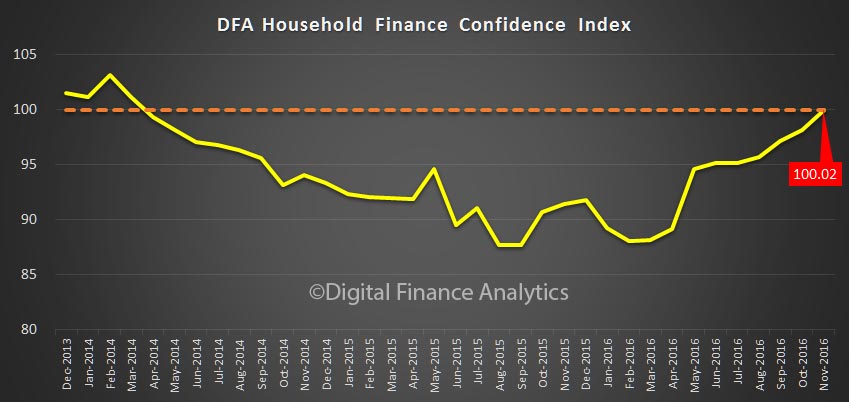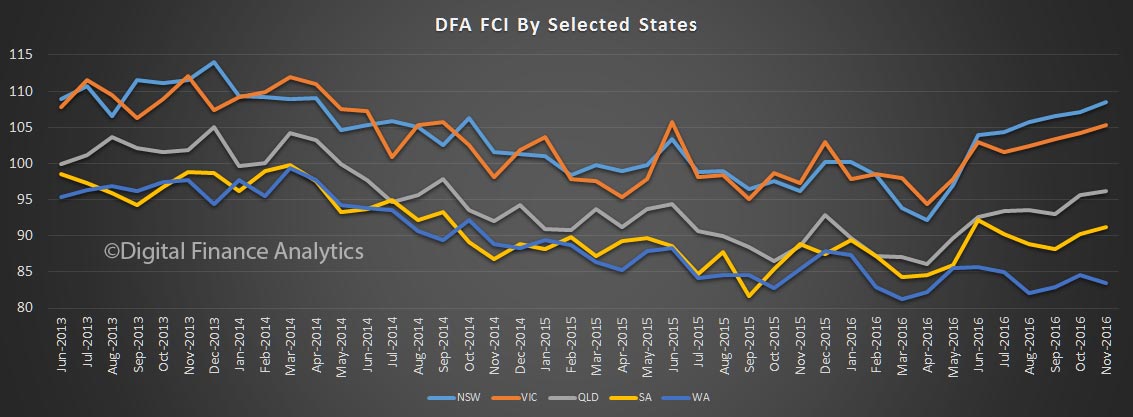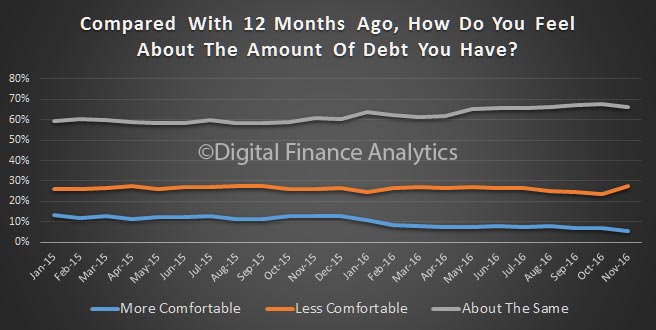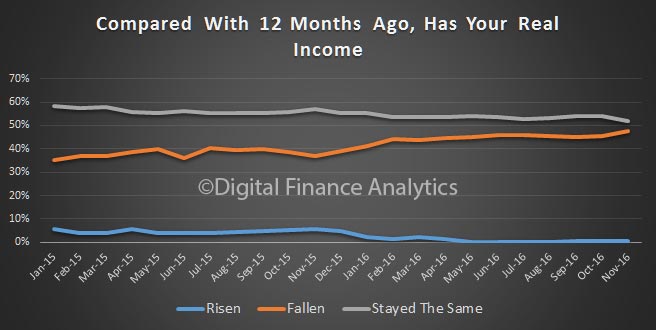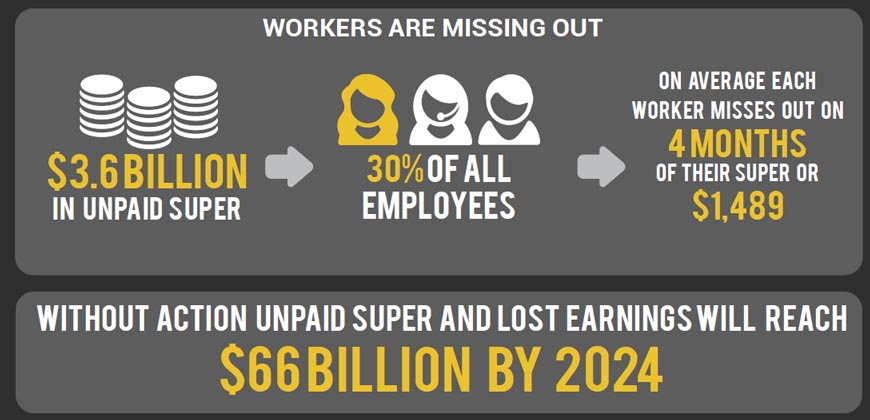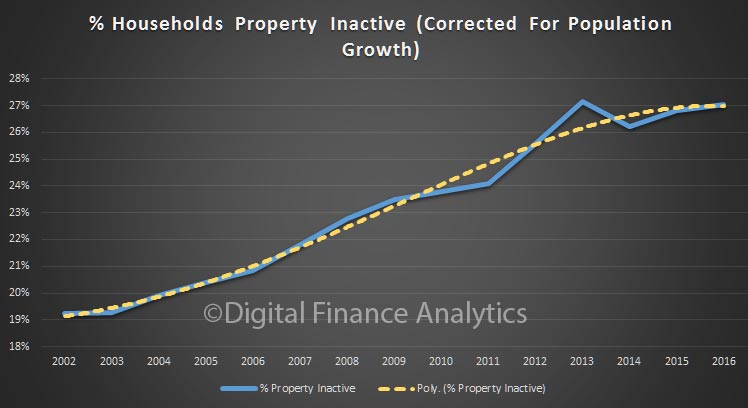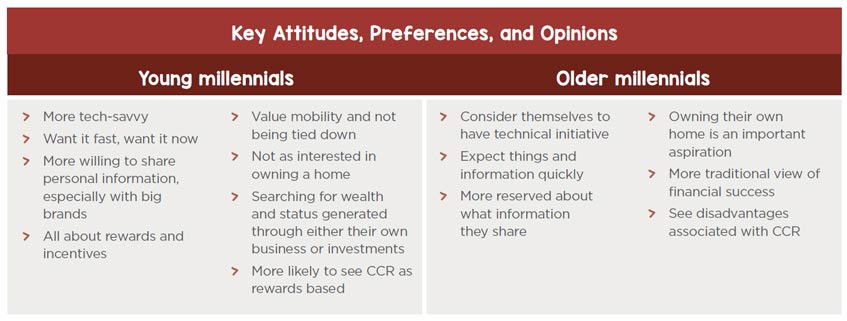Nab says Latrobe Valley residents will for the first time have access to a unique model of financial services – with plans for Victoria’s fourth Good Money store to open in Morwell next year.
A partnership between the Victorian Government, Good Shepherd Microfinance and the National Australia Bank (NAB), Good Money stores offer responsible financial products and services including no interest and low interest loans, financial counselling and affordable insurance.
The Minister for Families and Children, the Honourable Jenny Mikakos MP, said that the Latrobe Valley Good Money store would also be the first to offer in-house financial counselling services.
“We’re working to make sure that local people have improved access to appropriate and affordable financial services and products now and into the future,” said Minister Mikakos.
“Importantly, this will be the first Good Money store in regional Victoria and it will have a financial counsellor on site providing free support, information and advocacy for people who are experiencing financial difficulty,” she said.
The Victorian Government is investing $2.9 million to establish and operate the store over four years. Good Money will initially provide services from the Latrobe Valley Authority site in Morwell until the store opens in May 2017.
Chief Executive Officer of Good Shepherd Microfinance, Adam Mooney, said that the Victorian Government investment in the new Good Money store was an important step in helping to secure the economic future of the Latrobe Valley.
“Over the coming years, Good Money will enable people in the Latrobe Valley to keep their cars on the road, meet the costs associated with education and retraining, and afford the things that keep families running like washing machines and fridges,” said Mr Mooney.
“There is high demand for safe, fair and affordable finance options in many parts of regional Victoria and we’re delighted to open a Good Money store here in Morwell. This store will provide valuable services to individuals and families who are excluded from mainstream finance in the Latrobe Valley region,” said Mr Mooney.
NAB General Manager of Retail (Victoria), Mary Scoutas, said the announcement is part of NAB and Good Shepherd Microfinance’s joint commitment to provide more than one million people on low incomes with access to fair and affordable finance by 2018.
“We know there is a real need for initiatives such as this within the community to help build resilience and reduce the risk of falling into a situation of long-term financial hardship,” said Ms Scoutas.
“The Latrobe Valley Good Money store meets the evolving needs of the local community, extends the Good Money franchise to regional Victoria for the first time and builds on our growing network of stores, with three in Melbourne, one in South Australia and another two set to open in Queensland next year.”
The products and services offered through Good Money include:
- No Interest Loan Scheme (NILS) – Loans of between $300 and $1,200 for essential goods and services, including educations costs and equipment needed for training.
- StepUP Loan – Loans of between $800 and $3,000, typically used for car related expenses, that keep people on the road and enable them to get to work, get the kids to school and stay engaged with their community.
- Affordable insurance – simple car and contents insurance with flexible payment options.
- Financial counselling – free, confidential and independent debt management and budgeting advice.
The partnership between Good Shepherd Microfinance and NAB has reached almost half a million people in Australia with no and low interest loans since 2005.
Background
The Victorian Government provides operational funding for three Good Money community finance stores in Collingwood, Dandenong and Geelong, with microfinance loan capital provided by NAB. In 2015 Good Money expanded to South Australia and, in 2017, two stores will open in the Queensland. Good Money is a three-way partnership between Good Shepherd Microfinance, NAB and state governments.



